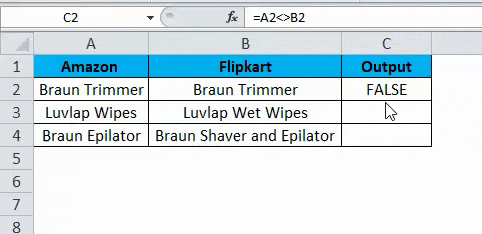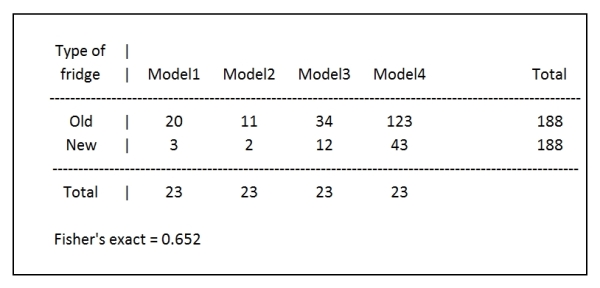

Note that = exp is for assignment and = is for comparison.įirst evaluates if the value is missing and then assigns 99 to replace the missing values. Relational expressions return results that are either true or false. Stata commands are case-sensitive and must all be in lowercase. summarize means that the shortest legitimate form of summarize is su). Type help command to find out how each command can be abbreviated by looking at where they are underlined (e.g. What do brackets mean in Stata Syntax Help not needed / optional. It is a matter of taste whether you use or to indicate negation. What are the 4 parts of Stata Syntax, in order command varlist qualifiers, options. The operators & and are used to indicate 'and', 'or', and 'not'. The operators, ,, >, >, <, and < are used to test equality or inequality. For instance, instead of using summarize, we can use sum. In Stata, these expressions use one or more various relational and logical operators. Thus logical expressions may be used to generate indicator variables (also often called binary, dichotomous, dummy, logical, or Boolean, depending on tribal jargon), which have values 0 or 1. Search the help files to learn more for each command that allows for different options. In Stata, the rule is that false logical expressions have value 0 and true logical expressions have value 1. gives a list of options following the comma. We have introduced how Stata reads and writes files here. Summarizes the median age weighted by the population in 50 states of the U.S. is a weighting expression to attach weight to each observation. Lists the make and model, repair record, price and mileages of ten cars whose prices are the lowest. f refers to the first observation, and l refers to the last observation. This means that typing expression if X1 will give you a syntax error get used to using the double-equal sign () in your if statements. Negative integers mean “from the end of the data” (e.g. restricts the commands to perform on a subset of observations that satisfy the conditions.

is an algebraic expression specifying the value to be assigned to a variable. The by prefix is not the same as the by option, which groups a variable in hierarchical data. There IS a Mathf. Alternatively, use bysort to do both by and sort. If no variable list is specified, Stata assumes all variables will be used. Data must be sorted by varlist (variable list) before we use by. repeats the command on each subset of data. Less than or equal to – True if the left operand is less than or equal to the rightįinally, Python Not Equal Operator Example is over.: command Įxcept for the command itself, everything else in the brackets are optional. Greater than or equal to – True if the left operand is greater than or equal to the right

Greater than – True if the left operand is greater than the right It either returns True or False according to the condition. We can achieve this by implementing our _ne_() function.Ĭomparisons are used to compare values. It does not include them in means or other descriptive statistics and it does. When we are using the not equal operator, we want to compare it for record value. Note the double equals sign for the logical equal as opposed to the single. Let’s say we have a Data class with fields – id and record. So we can define our custom implementation for an object and alter the natural output. When saving as a new dataset, use the command, replace o If you want to check how your do-file. When we use not equal operator, it calls _ne_(self, other) function. This ensures you do not overwrite original variables. ➜ pyt Python not equal with custom object We can use Python, not equal operator with f-strings if you use Python 3.6 or higher version. Python is dynamically but strongly typed, and other statically typed languages would complain about comparing different types. This will always return True, and “1” = 1 will always return False since the types differ. There’s the != (not equal) operator that returns True when two values differ, though be careful with the types because “1 != 1”.

Not equal operator in Python 2, deprecated in Python 3. Not Equal operator works in both Python 2 and Python 3.


 0 kommentar(er)
0 kommentar(er)
